- Home
- About Us
- TSPT Academy
- Online Courses
-
Resources
- Newsletter
- Business Minded Sports Physio Podcast
- Day in the Life of a Sports PT
- Residency Corner
-
Special Tests
>
-
Cervical Spine
>
- Alar Ligament Test
- Bakody's Sign
- Cervical Distraction Test
- Cervical Rotation Lateral Flexion Test
- Craniocervical Flexion Test (CCFT)
- Deep Neck Flexor Endurance Test
- Posterior-Anterior Segmental Mobility
- Segmental Mobility
- Sharp-Purser Test
- Spurling's Maneuver
- Transverse Ligament Test
- ULNT - Median
- ULNT - Radial
- ULNT - Ulnar
- Vertebral Artery Test
- Thoracic Spine >
-
Lumbar Spine/Sacroiliac Joint
>
- Active Sit-Up Test
- Alternate Gillet Test
- Crossed Straight Leg Raise Test
- Extensor Endurance Test
- FABER Test
- Fortin's Sign
- Gaenslen Test
- Gillet Test
- Gower's Sign
- Lumbar Quadrant Test
- POSH Test
- Posteroanterior Mobility
- Prone Knee Bend Test
- Prone Instability Test
- Resisted Abduction Test
- Sacral Clearing Test
- Seated Forward Flexion Test
- SIJ Compression/Distraction Test
- Slump Test
- Sphinx Test
- Spine Rotators & Multifidus Test
- Squish Test
- Standing Forward Flexion Test
- Straight Leg Raise Test
- Supine to Long Sit Test
-
Shoulder
>
- Active Compression Test
- Anterior Apprehension
- Biceps Load Test II
- Drop Arm Sign
- External Rotation Lag Sign
- Hawkins-Kennedy Impingement Sign
- Horizontal Adduction Test
- Internal Rotation Lag Sign
- Jobe Test
- Ludington's Test
- Neer Test
- Painful Arc Sign
- Pronated Load Test
- Resisted Supination External Rotation Test
- Speed's Test
- Posterior Apprehension
- Sulcus Sign
- Thoracic Outlet Tests >
- Yergason's Test
- Elbow >
- Wrist/Hand >
- Hip >
- Knee >
- Foot/Ankle >
-
Cervical Spine
>
- I want Financial Freedom
- I want Professional Growth
- I want Clinical Mastery
|
This past weekend, I completed Level 1 Functional Dry Needling certification through Kinetacore. Dry needling had been a tool I wanted to learn for awhile but had been hesitant taking a course due to some states' reluctance to permit PT's to utilize the skill (AZ just accomplished this within the last couple years). However, in looking at the different states' standings, fewer and fewer states restrict dry needling, and most of these states will likely adapt within a few years it would seem. Now, I am not going to write an article discussing the evidence behind dry needling. That is for another time as I already know some people regularly wait to debate the topic. I simply want to review the course. One of the aspects I was most impressed with in the course was the emphasis on examination and test-treat-retest. The instructors did a phenomenal job educating the class on how to properly assess myotomes, incorporate part of the SFMA (Selective Functional Movement Assessment), and, most importantly, how to differentiate between peripheral nerve lesions, radicular lesions, and multi-level involvement. While some of these examination methods are taught in school, many do not fully understand these findings and how it will impact their treatment. With each needling treatment, an asterisk sign was sought and retested afterwards in order to determine the effect of our treatment. Again, this is another component of physical therapy that is regularly missed (often due to time restrictions), but is essential for patient progression. As far as other content goes, the instructors do a good job differentiating between the different theories of how dry needling works and the evidence behind each theory. As with many of our treatments (especially manual), there are different theories out there with evidence to support them, some more than others. This is important as it may impact our treatment. For example, one of the major mechanisms theorized for manipulations and dry needling is through the nervous system. Due to this involvement, almost always related spinal segments are assessed/treated as well. Double Crush Syndrome is a more specific example of this application, but it can also be related to a "strained" hamstring benefiting from treatment to the L5-S1 segments. Additionally, the course covers important topics like the states' rights issue and acupuncture vs. dry needling. One of the major concerns with physical therapists performing dry needling is safety. The concern of infection and transmission is an important one as we are dealing with many patients each day. Clean needle technique is practiced and tested thoroughly to ensure we decrease the risk of these concerns. Other issues like pneumothorax, puncturing arteries, and more are thoroughly covered. In the level 1 course, all techniques are specifically taught to decrease risk of hitting these structures and practiced repeatedly to ensure safety and competence. For example, if treating a muscle that is close to the lungs, it is pulled away from the rib cage and the needle is inserted parallel to the rib cage to avoid any risk of puncturing the lungs. The rib cage itself (and thoracic spine) is completely avoided altogether. Should you follow the instructions from level 1, any risk of severe complication should be significantly reduced. Of course, the most important component is the needling instruction itself. The instructor to student ratio was perfect at 1:6. Each muscle was first reviewed anatomically and the needling technique was discussed afterwards each with pictures and video (3d imaging for muscles/anatomical structures). After that, the large class was broken up into small groups where the instructor reviewed surface anatomy and palpation of landmarks to identify where to treat. The instructors would then demonstrate each needling method and some of their own insight to common findings and tips for treatment. Finally, the small groups were broken up to simply needling your lab partner and then switching, all while the instructors were walking around answering questions and helping the students. I cannot think of one instance where I had to wait more than a minute to have my question answered or to have an instructor assist me. This was done over and over again throughout the weekend to ensure competency with the primary goal of the instructors being to help us safely and competently apply the techniques the next week. Overall, I highly recommend the dry needling course through Kinetacore, even with the cost. The course is organized well to keep your mind attentive and wanting more throughout the weekend. The fact that the material is presented in such an eclectic thought process is pretty impressive for a level 1 course in general. You will come away from the weekend, not only with the ability to safely dry needle right away, but also as a better diagnostician and clinician. Finally, I want to add that each and every instructor emphasized that they would never want any of the students to become "dry needlers," but instead to add dry needling to their potential treatments and grow as a clinician overall. Thank you to Kinetacore and all the outstanding instructors we had this weekend. -Chris
2 Comments
Michelle
9/27/2018 08:04:12 am
Hey, thanks for that review. I am taking their Level 1 course in a few weeks. I was wondering how the theoretical and practical exam was. Is it information just learned in the course or from the pre-course material. was it multiple choice or fill in the blank. thanks for your help!
Reply
Hi Michelle,
Reply
Leave a Reply. |
Dr. Brian Schwabe's NEW Book in partner with PaleoHacks!
Learn residency-level content on our
Insider Access pages We value quality PT education & CEU's. Click the MedBridge logo below for TSPT savings!Archives
July 2019
Categories
All
|
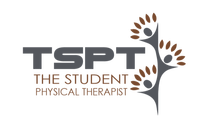
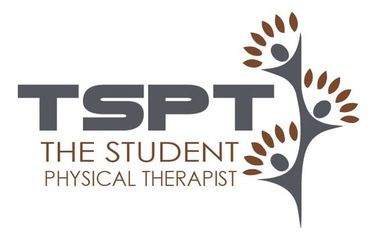
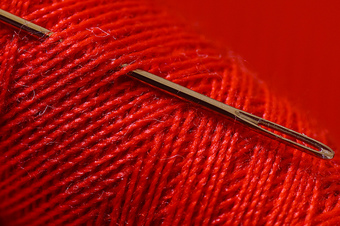
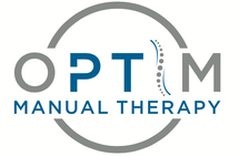
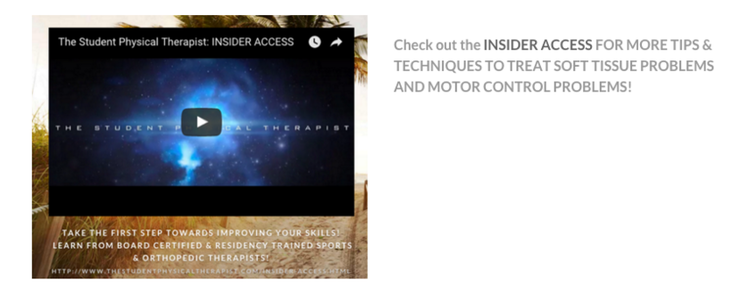
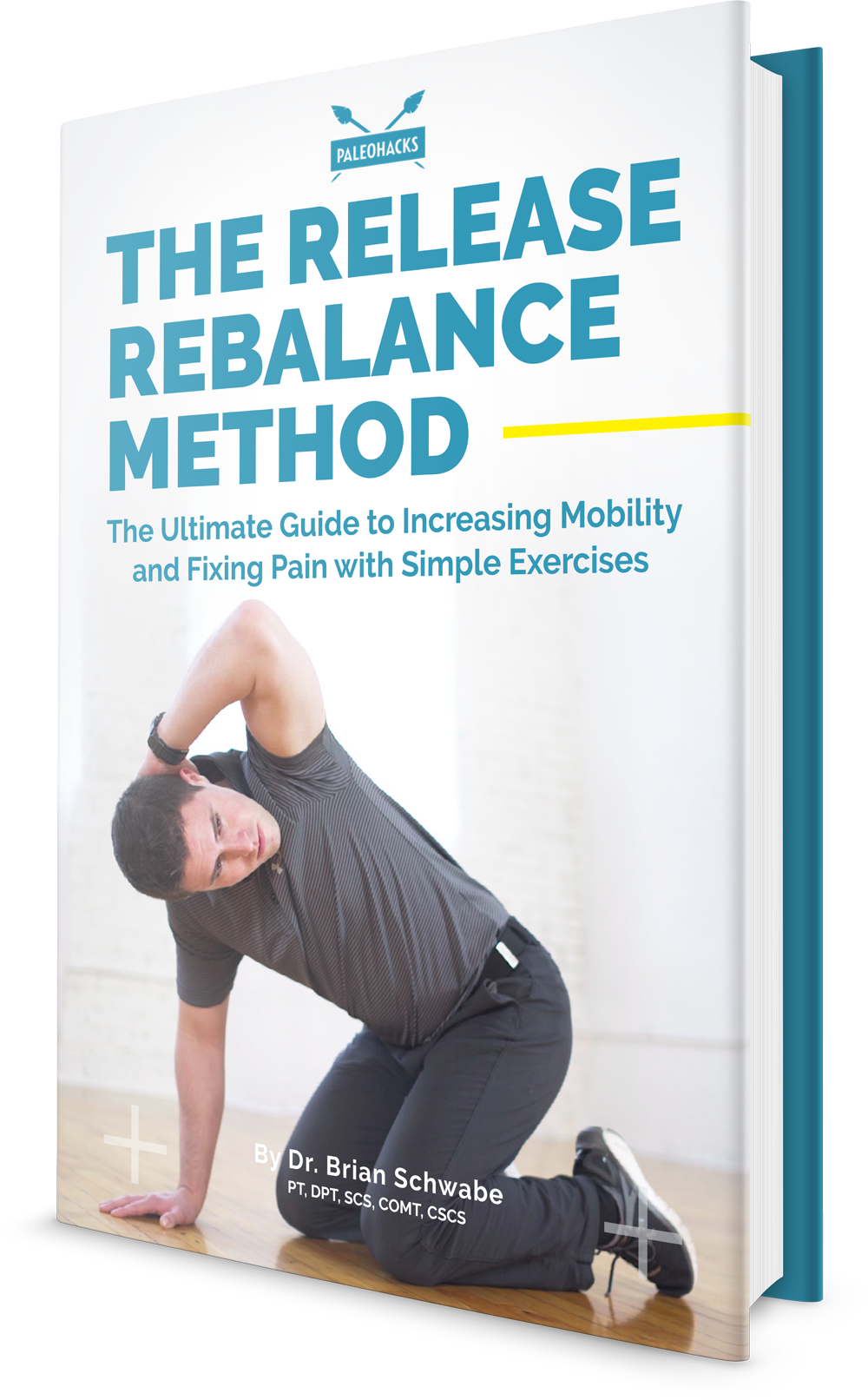



 RSS Feed
RSS Feed